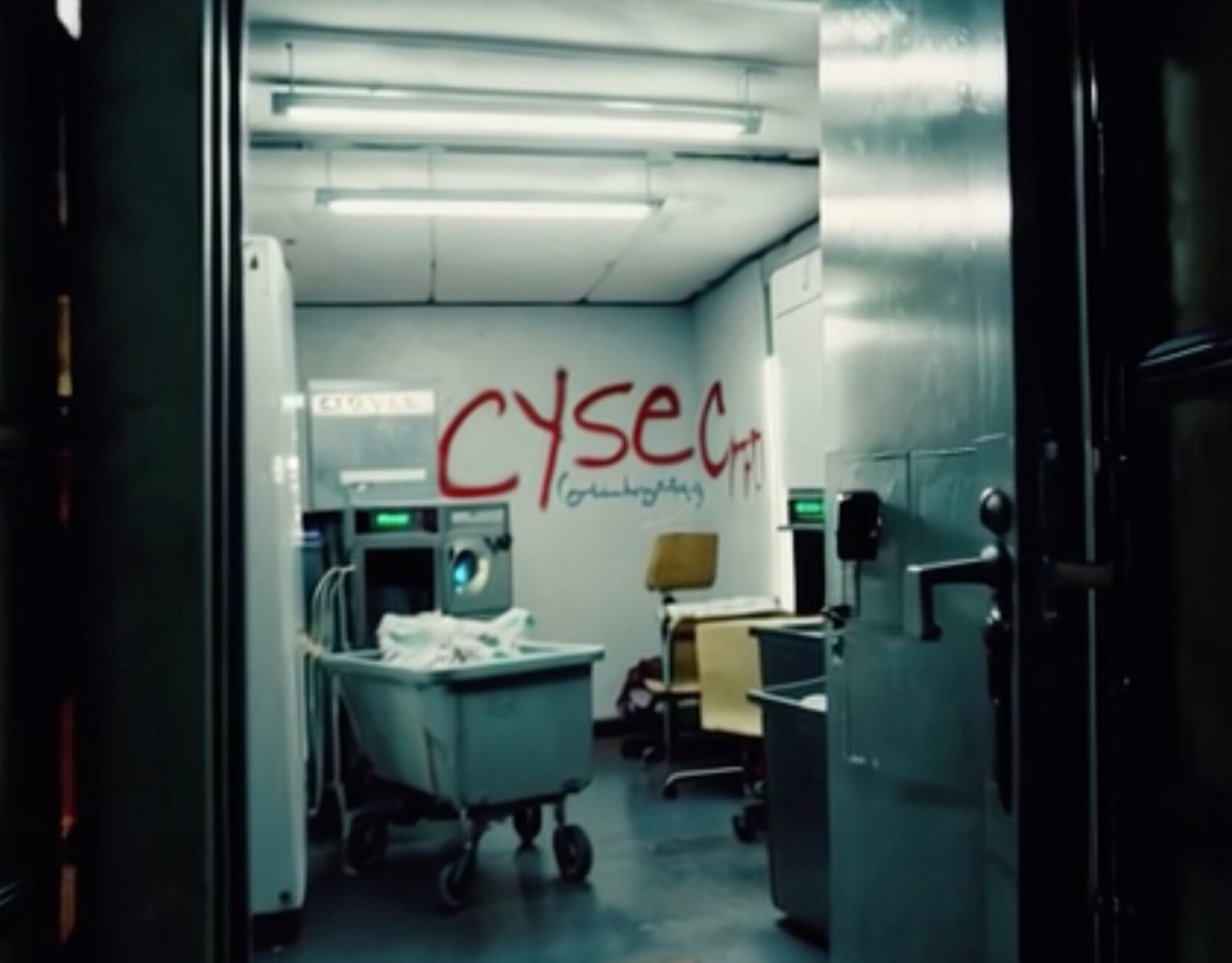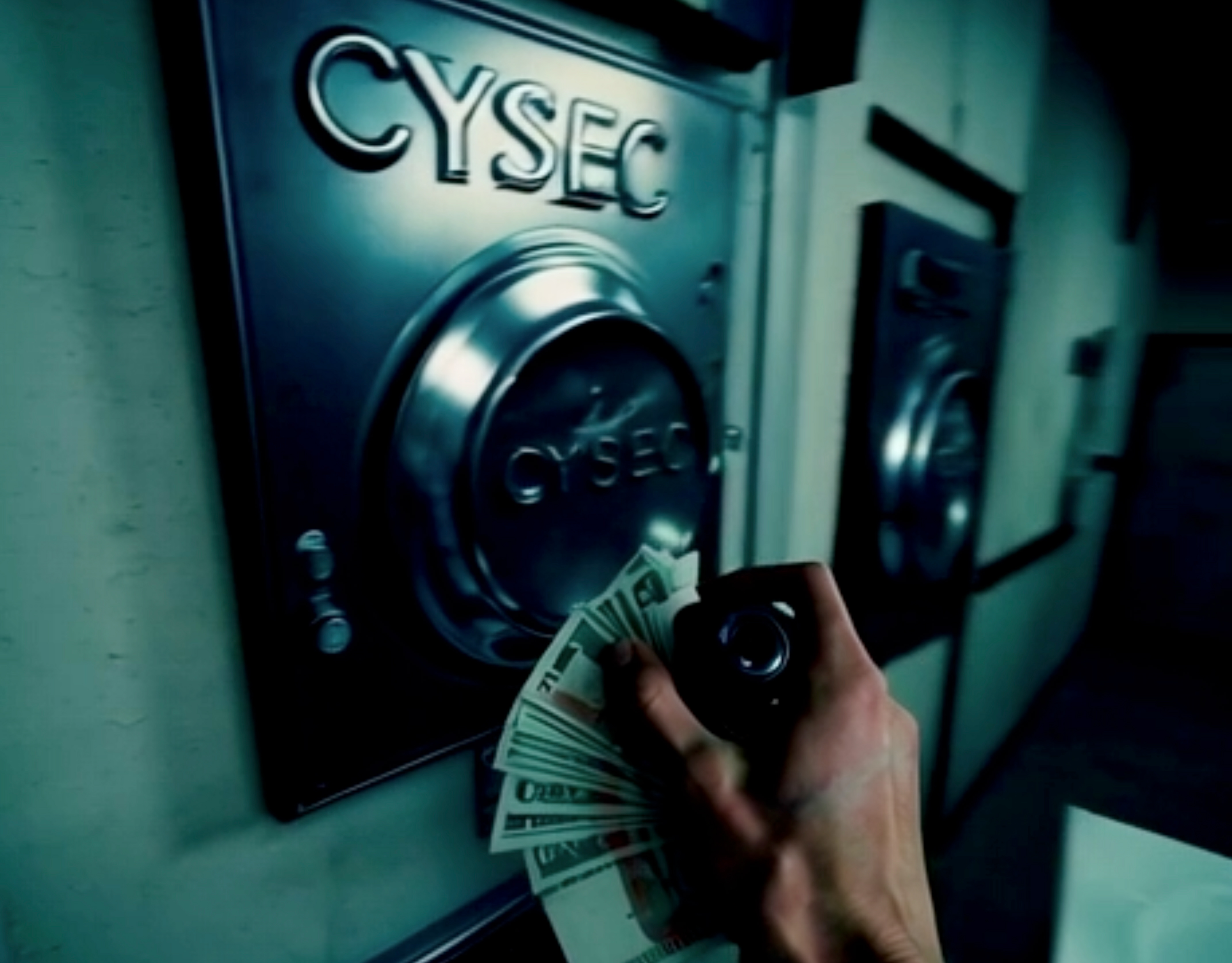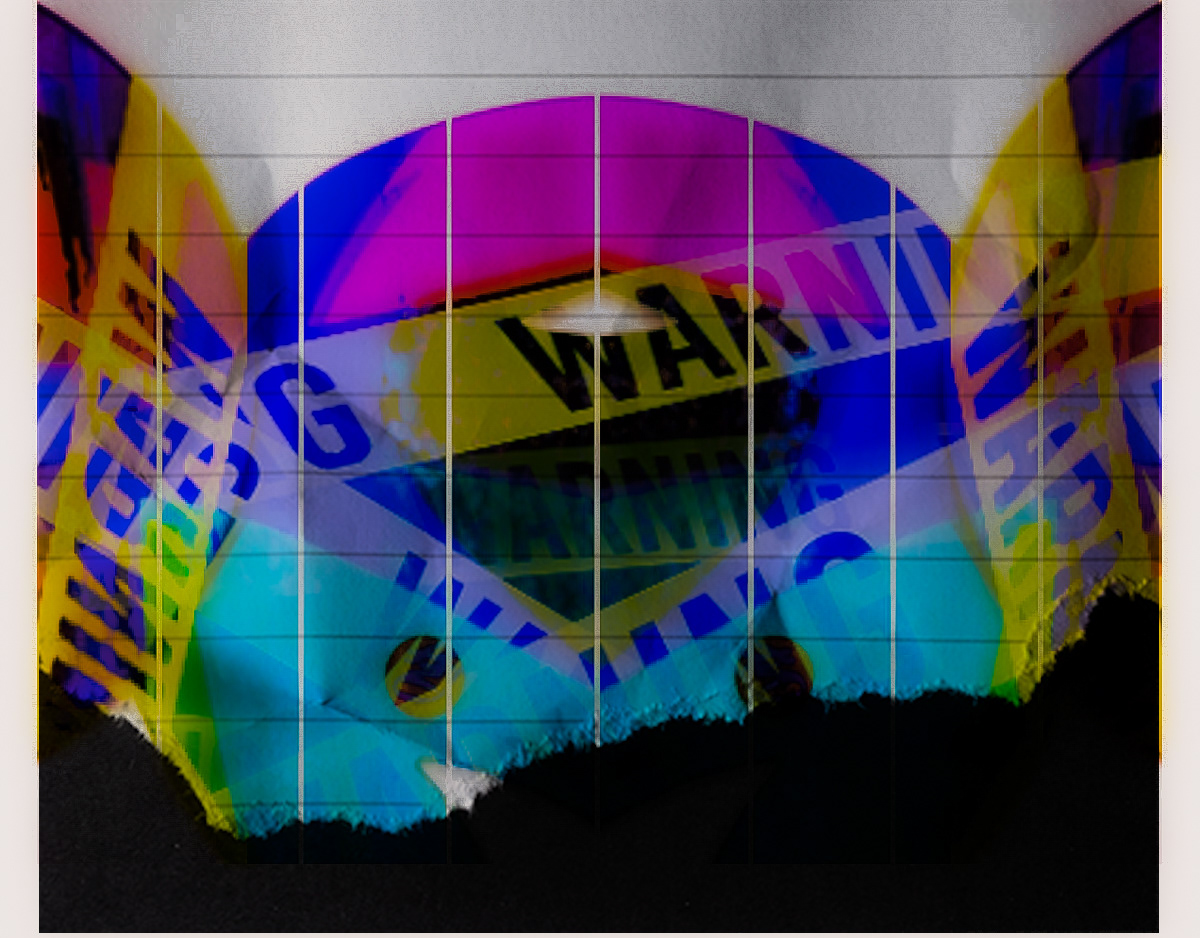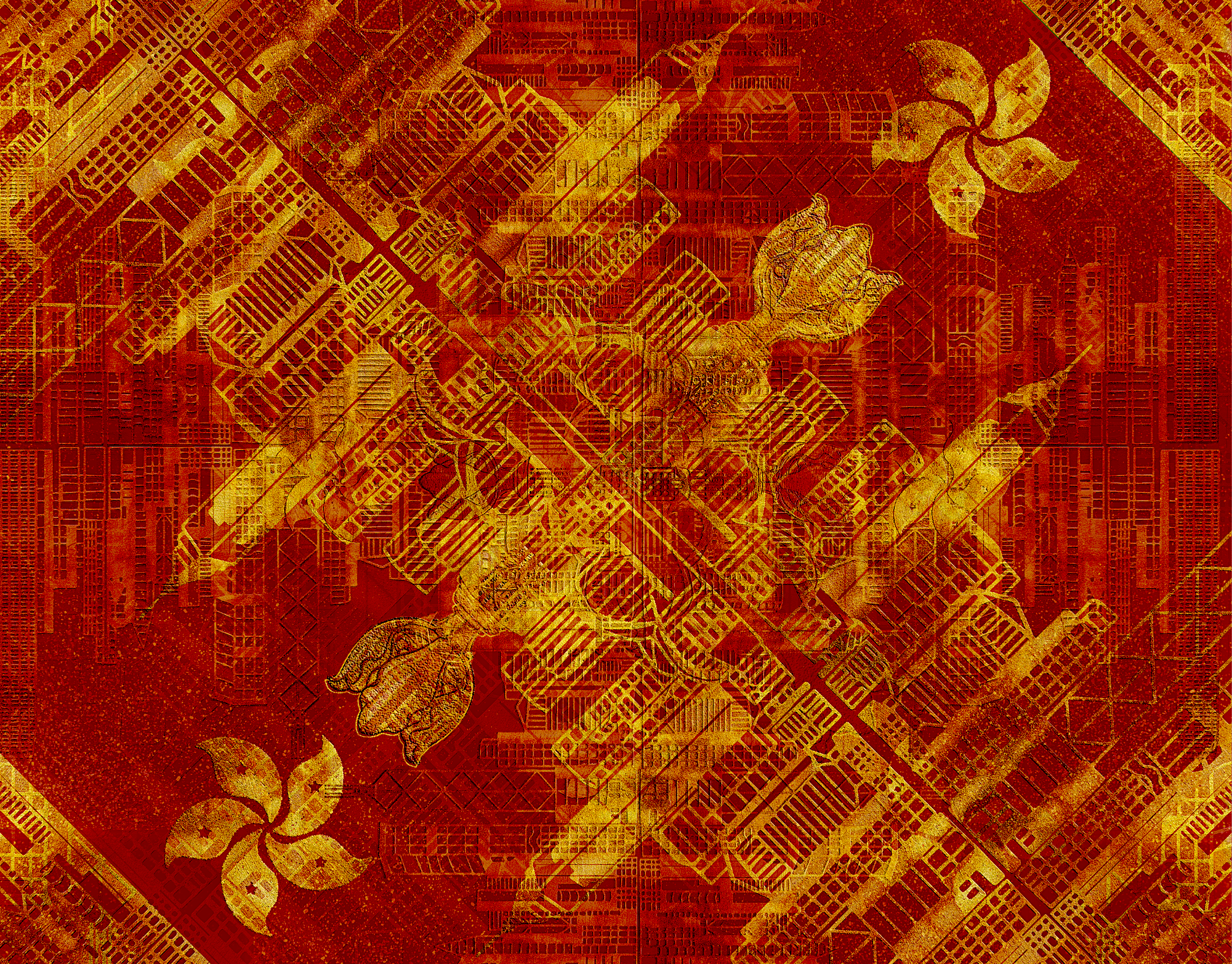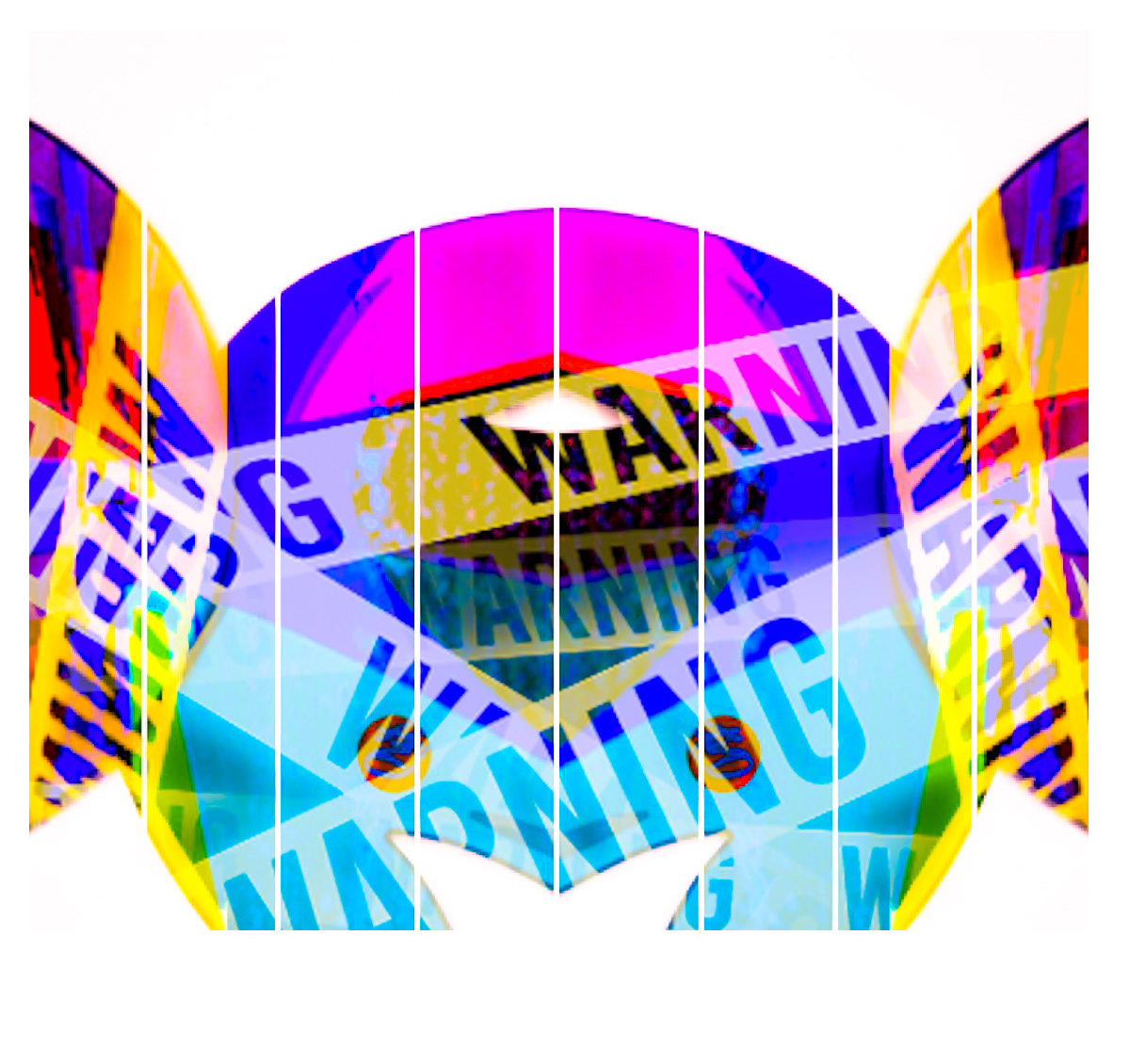BROADCASTING STREAMED DREAMS
“Broadcasting streamed dreams” makes me think of a future where the boundaries between our most vivid imaginings and the wider world dissolve in a single, unbroken flow of creative possibility. I can almost see a cluster of tiny devices capturing the glimmer of an idea in real time, amplifying it, and delivering it straight into the collective consciousness. To some, this vision might seem fanciful or even invasive—after all, our private reveries are not typically commodities to be bartered. Yet there is a compelling allure in the notion that the latest, most advanced technologies could be deployed as open-source instruments, inviting every curious mind to participate and innovate on equal footing. The sceptic in me wonders whether such a grand ambition would ever survive the relentless push to monetise and centralise. The dreamer in me, however, can’t help but be moved by the prospect of shared, borderless invention. I’ve seen how quickly even the most well-intentioned platforms become gated gardens, their codes locked away behind proprietary walls. But imagine a scenario in which the source of every new breakthrough is flung wide open, each blueprint offered freely to the world. Rather than sparking a gold rush for patents or exclusive licensing, it might trigger a chain reaction of collaborative creativity, allowing those with different gifts and experiences to refine, adapt, and build upon each other’s work. In my mind’s eye, I catch a glimpse of a world shaped by hacking culture in its purest sense—people from every corner of the globe quietly iterating and perfecting the instruments needed to broadcast their voices, their inventions, and even their daydreams. Such an ecosystem would resemble a living tapestry, constantly shifting in response to local needs, new insights, and fresh provocations. Yet I know all too well how idealism falters under the weight of reality, where the most promising endeavours can be strangled by corporate interests or drowned out by the noise of cynical profiteering. I can’t pretend there is no risk that “broadcasting streamed dreams” might become little more than another data-harvesting mechanism or a means to amplify shallow entertainment at the expense of genuine human connection. Still, there is something irresistibly hopeful in imagining a genuinely shared technological commons—a communal playground for thoughts and expressions, curated by no single authority. As a sceptic, I might question how we reconcile intellectual property with absolute openness or how we protect vulnerable communities from exploitation in such a boundless sphere. But the visionary part of me remains captivated by the notion that, if we hold firmly to principles of transparency and accessibility, we might just reshape technology into a crucible for collective wonder. And perhaps, in that act of reshaping, we might find ourselves broadcasting not just empty illusions, but the very dreams that guide us towards a more inclusive, imaginative tomorrow.
You may also like
